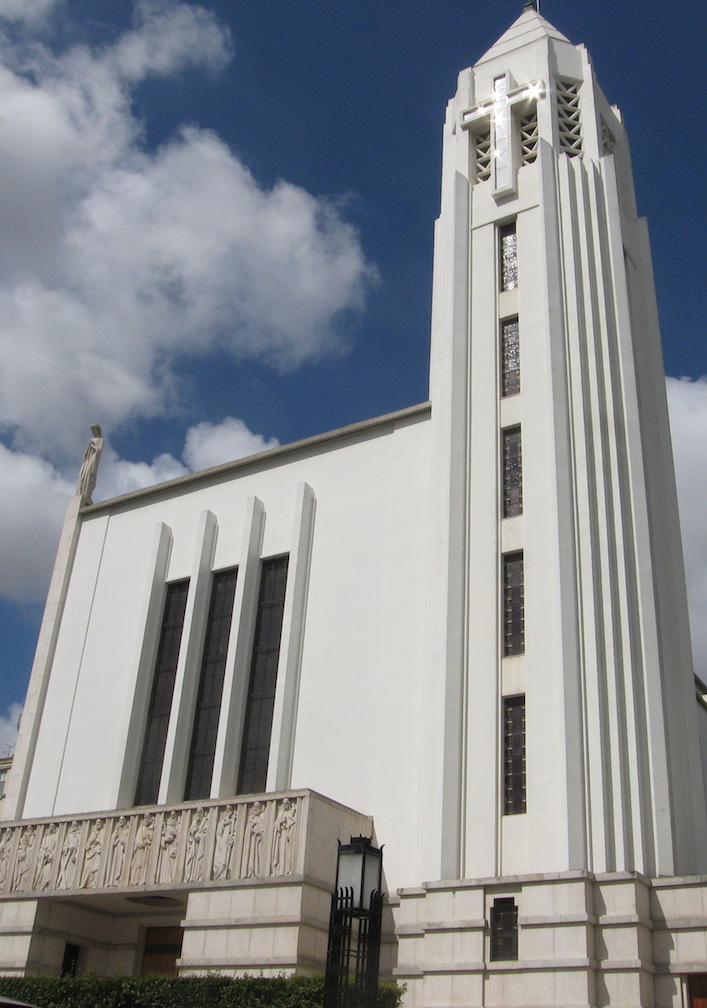
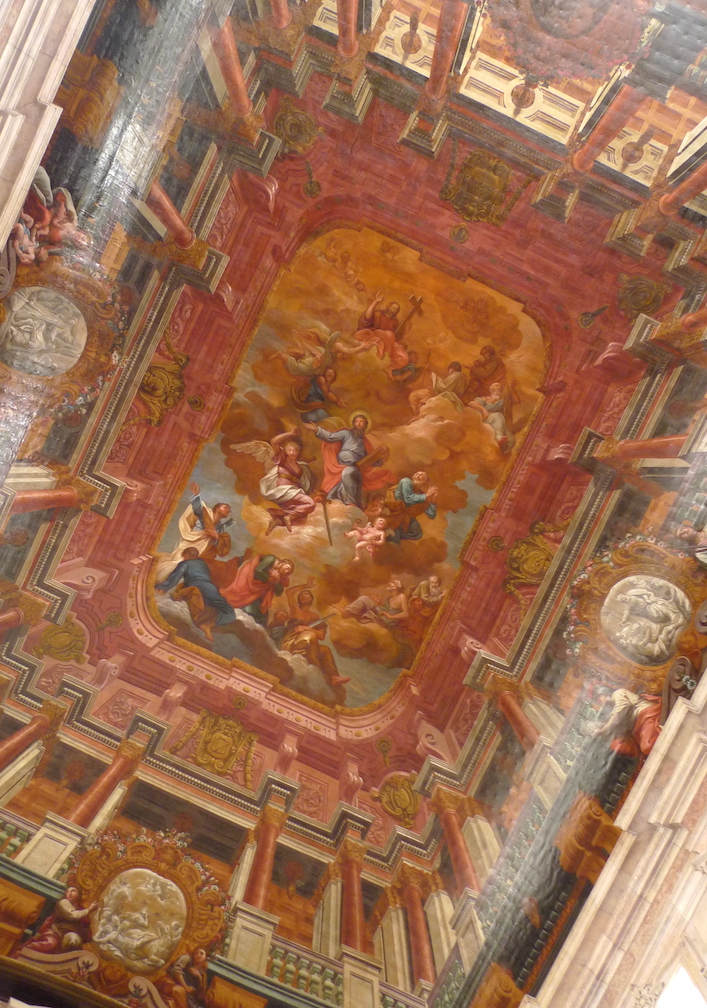
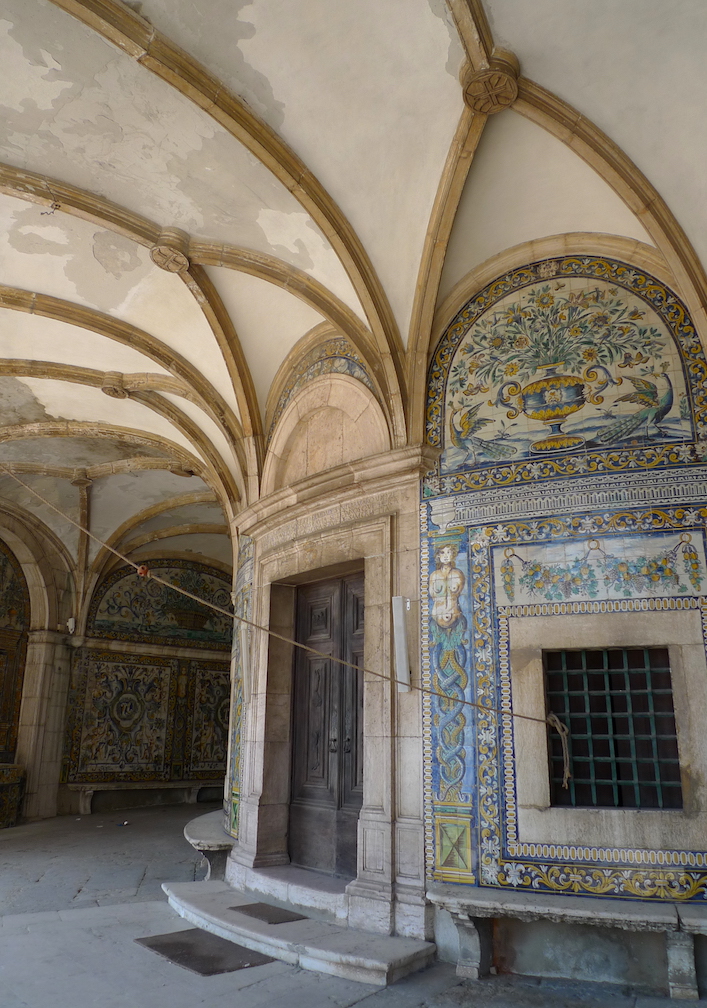
No matter your faith —or even lack of— this survey of Catholic heritage sites in Lisbon explains the pivotal role of religion in Portuguese history.
●
●
●
800 years of co-existence
Little discussed fact: without the Catholic Church, Portugal might have never emerged as a separate, independent kingdom on the Iberian peninsula. Afonso Henriques managed to win recognition as king through an ingenious three-part plan. Subsequent kings fought Muslims in Africa & Asia as the Portuguese empire grew. But by the 1700s, religion became less important & was even questioned.
The Marquês de Pombal not only rebuilt Lisbon after the devastating earthquake of 1755 but also convinced the Pope to disband the Jesuits worldwide. Dissolution of all of Portugal’s religious orders in 1834 ushered in a long period of decline for the Catholic Church… only to make a comeback during the 41 years of Salazar’s Estado Novo. As Europe has become more secular, homosexuality & abortion have only recently been discussed in 21st-century Portugal. This guidebook covers all those important issues.
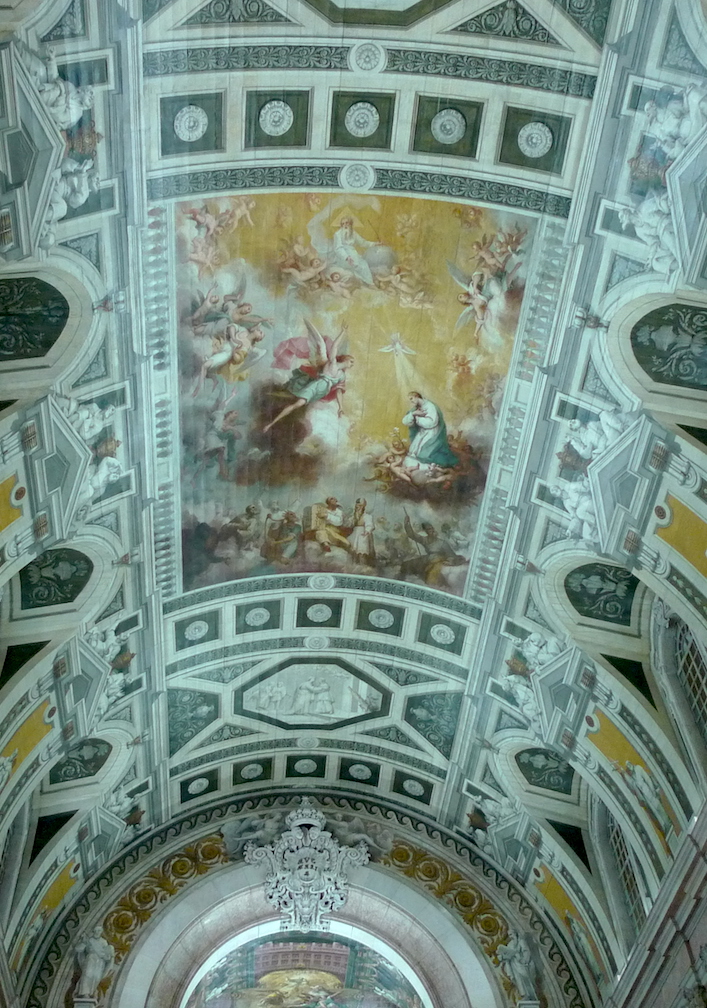
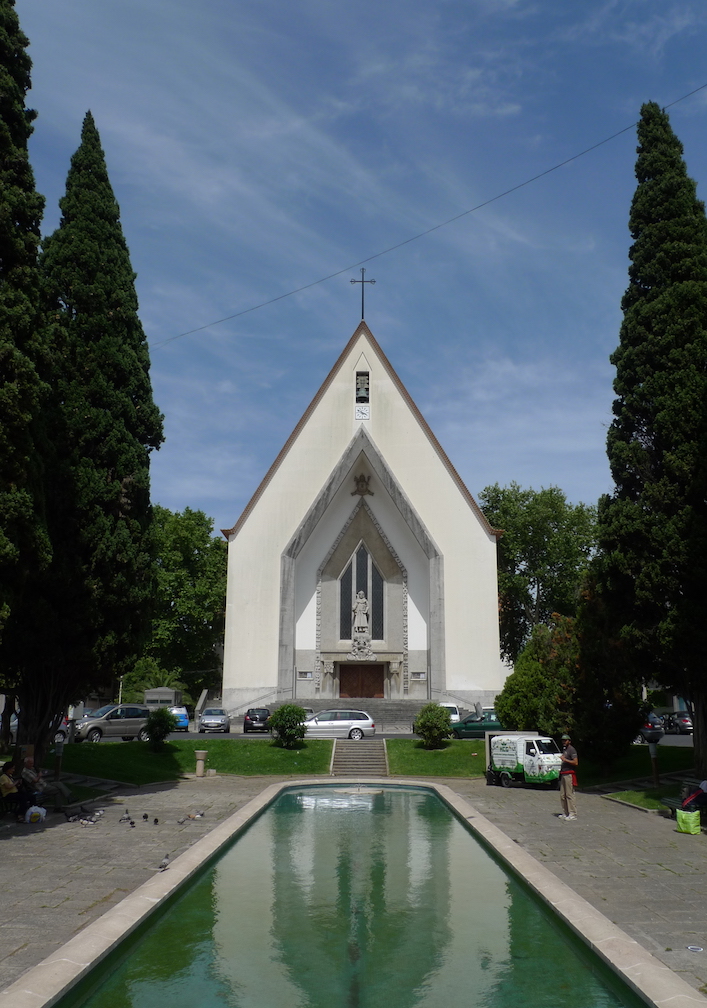
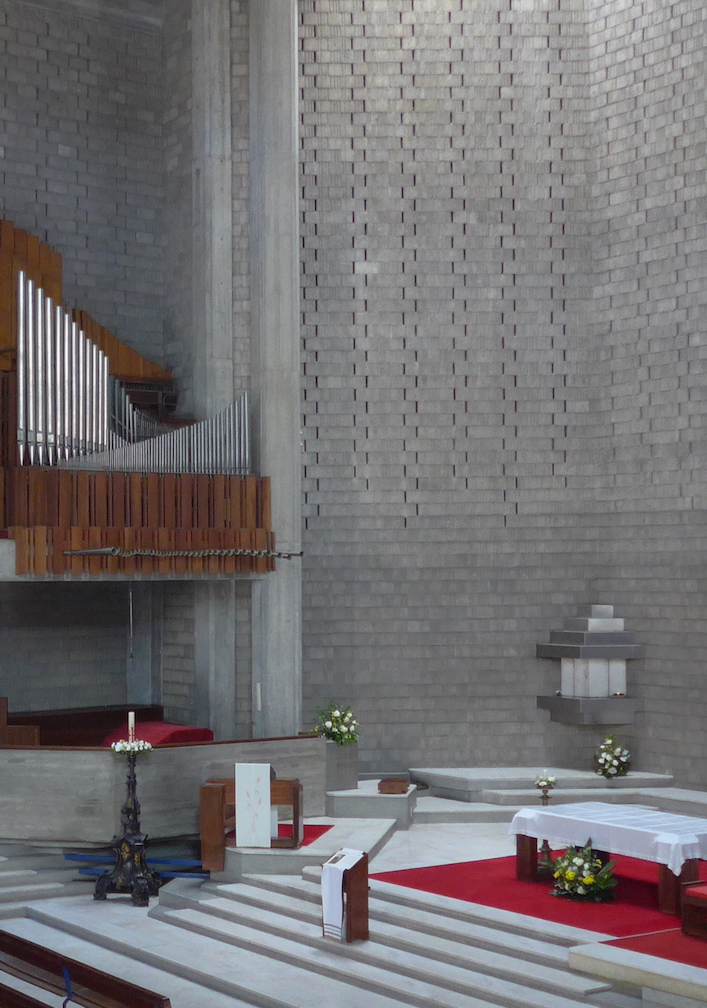
●
●
●
Religious? Or not?
80% of Portuguese people identify as Catholic. With almost 70% of all national heritage sites belonging to the Catholic church, no visit to Lisbon would be complete without understanding how religion has shaped & continues to influence Portuguese identity.
The author —who did not grow up Catholic or even particularly religious— struggled during 20 years of travel to Lisbon to make sense of the complex relationship between church & state. Through academic research & discussion with close friends, this guide focuses on the historical importance of Catholicism as well as its social significance. Lisbon’s main monuments contain artistic treasures & fascinating stories along with personal meaning for many people. Consider this a respectful religious guide written for a secular audience.
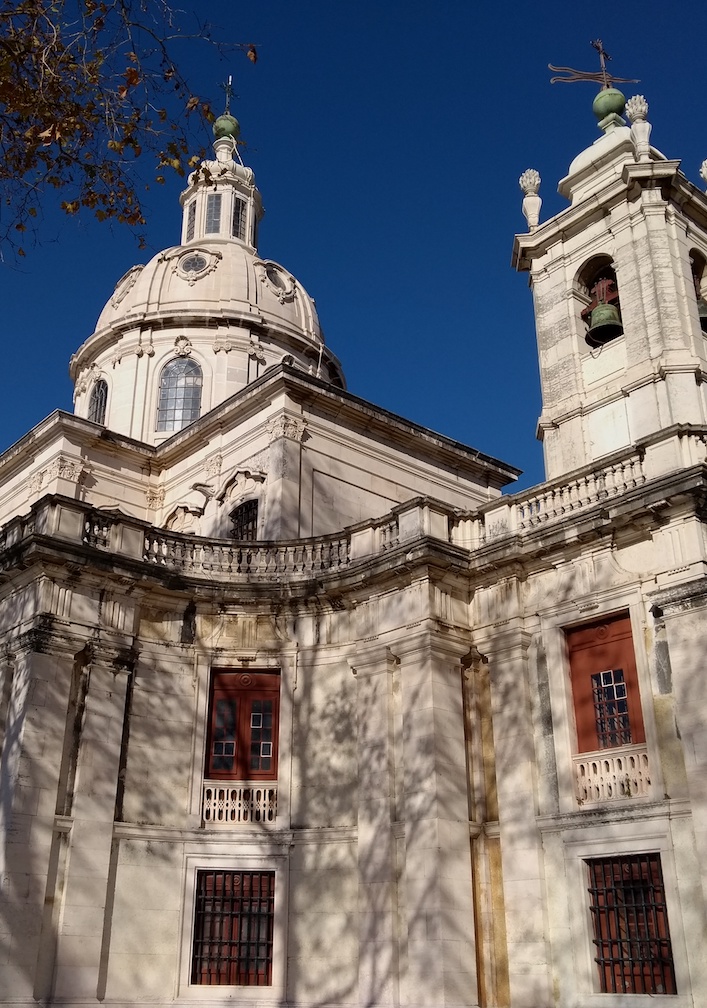
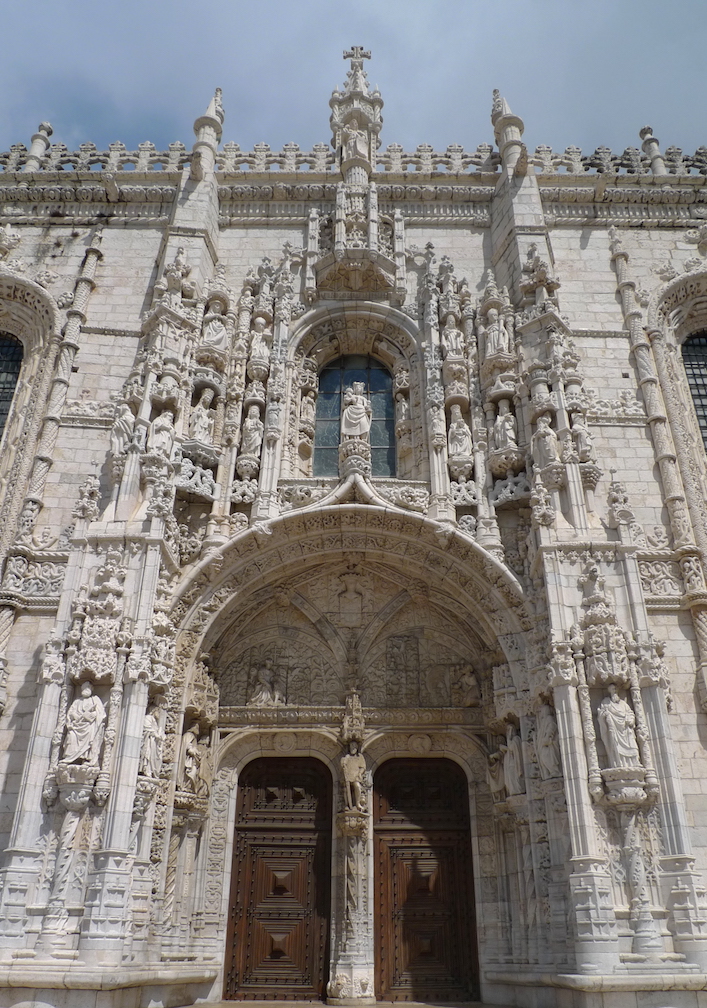
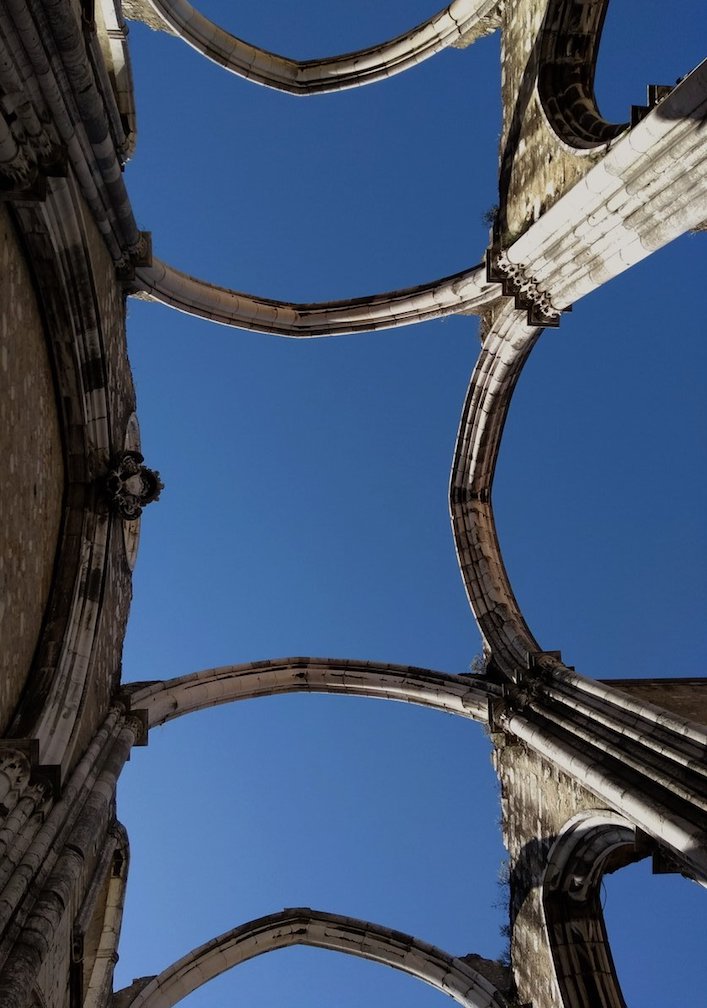
●
●
●
Unique content
Following a concise historical introduction, this guide presents different architectural styles, useful vocabulary & respectful norms to follow while visiting churches. Because the subway system is an easy way to reach most listings, a Metro map has also been included. Each site discussed is accompanied by a detailed floor plan with a complete listing of saints depicted both inside & out.
While this guide does not contain a complete listing of all 100+ Catholic sites in Lisbon —a worthy but monumental task— the 12 locations selected represent a sample of the city’s finest. By discussing the evolution of Portugal’s relationship with the Catholic church, we hope to dispel that often-heard notion that all churches are the same. Far from it. History helps put many places into their proper context… & that’s what Endless Mile guides are all about.
Sample sheets below demonstrate the guide’s general layout:
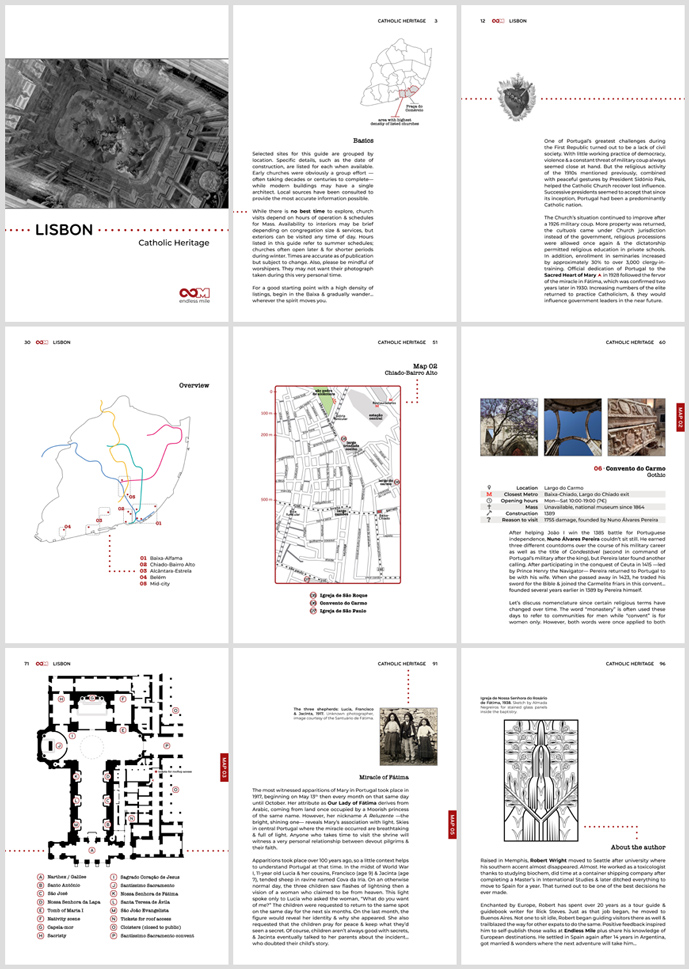
- Format: PDF, A5 portrait, 100 pages (9.5 Mb file size). Designed for digital viewing. Released Jan 2019, updated Jan 2025. This guide may not be redistributed or resold.
- Duration: Spend as much time as you like. This is not a guided walk with ordered stops, & few people will want to see each & every site. However a themed day focusing on Catholic sites can be a unique way to explore the city on your own.
- Price: US $5.99 via PayPal (taxes included). Click “return to merchant” to download the PDF file after payment is confirmed. A thank-you email will also be sent with our contact information if you need assistance.
Need a preview? Read a post about the Igreja da Memória with the exact text of the guidebook or find out why the cathedral isn’t included… :
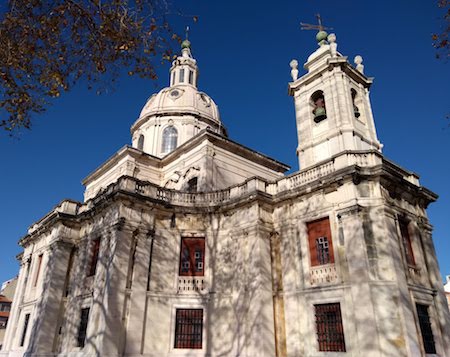
●
●
●
●
●
Unsure if this guide is for you?

We’ve made our guide to Domes of Buenos Aires available free of charge. Although you’ll be visiting Lisbon, this 30-page, map-based PDF (file size 3.6 Mb) allows you to examine the general structure, layout & writing style of all Endless Mile guides. Take a look!